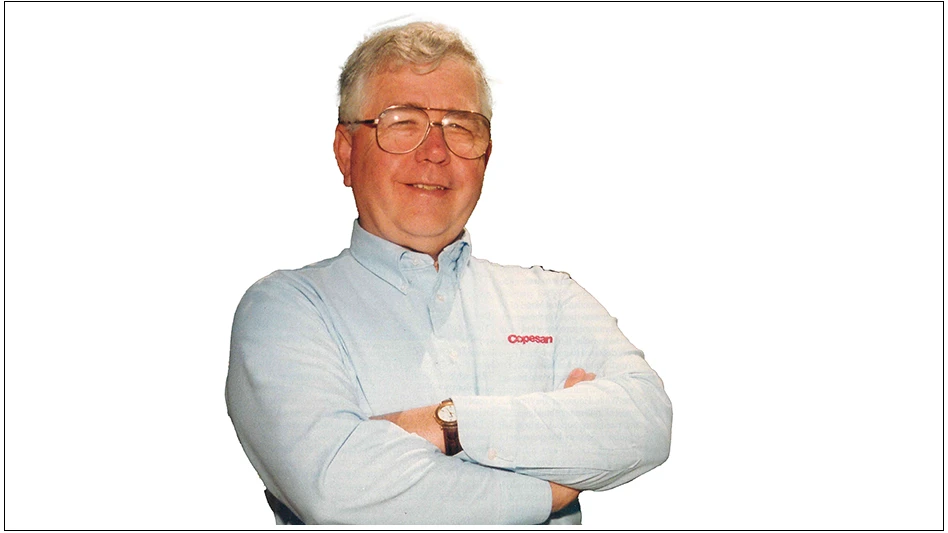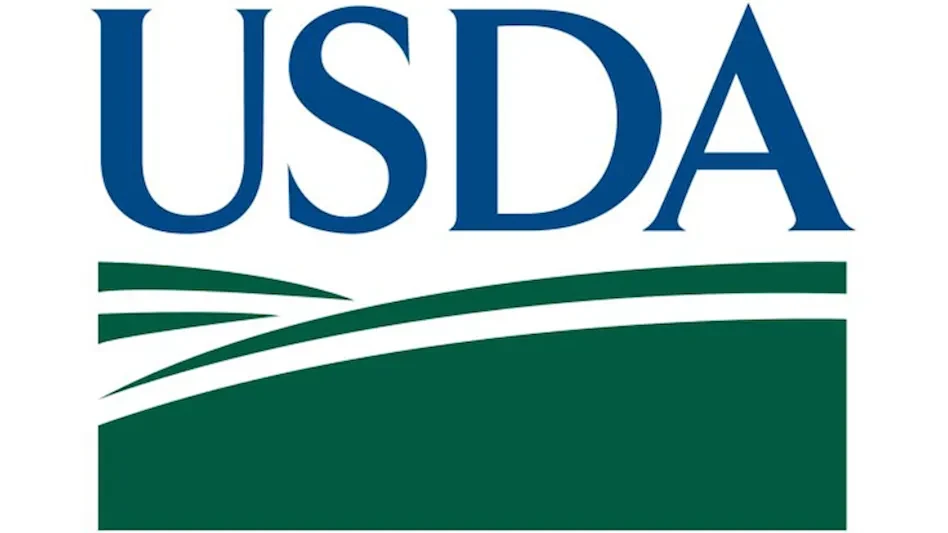A place for everything and everything in its place. But how do these items get to their proper place? Traffic patterns in a food plant are often established out of convenience, rather than with food safety in mind. Let’s think about the movement of raw materials, people, and waste in a food facility and how these pathways could pose a threat to food safety.
Raw materials may contain hazards, such as microbes or allergens that can contaminate the areas through which they travel. Raw materials are typically stored in a warehouse or bulk silos near the perimeter of the building. These materials must then travel to the line for use. However, in getting to the line, they may pass other lines. Is there a reasonable probability that an allergenic ingredient (such as a partially used bag of a seasoning) may contaminate the line it passes by?
Another consideration is raw materials that do not get added at the beginning of the line. These would include items such as toppings added near the end of the process or packaging which is applied at the end of the line. When that packaging travels from the raw material warehouse to the packing area, might it be exposed to microbes in the pre-kill step portion of the process? If so, the result could be packaging that re-contaminates cooked or processed product.
Waste is something that travels from various locations within the plant to outside of the plant. This includes liquid waste in drains or solid wastes in containers. Think about drains that you have in your facility. Do you know what direction they flow? Drains should flow from the “cleanest” areas of the plant toward the dirtier areas. For example, if there is a raw side and a cooked side of an operation, there would be significant risk if drains flowed in the same direction as the process. The food is typically getting “cleaner” as it gets processed. Consideration also should be given to routes for removal of waste from break areas and restrooms. The route to move the materials from the garbage cans to the dumpster should not be through product processing or product storage areas.
People in the plant, including employees and contractors, often are viewed as vectors. Not only can they transmit hazards that they bring with them into the plant, such as an existing illness, they can transfer hazards from one area of the plant to another. In high-risk environments, such as in meat and dairy plants, there are typically controls like changing of protective clothing and footbaths. However, risks of microbial cross contamination also exist for other types of operations. There are also risks of allergen cross-contact as employees or contractors traverse across the plant. Some of the highest risk employees are those in quality and maintenance who work closely with the product, but who are not linked to a single line. They may transfer contaminants from one line to another.
There are several strategies to mitigate the risks posed by traffic routes. The first step is to identify routes and potential risks. This is often done with mapping, where each type of route (raw material, waste, forklift, and personnel) is identified with a different color. Risk factors, such as areas of exposed allergens or areas with microbial-prone materials (ingredients and waste) are identified. When a route has been identified as posing a risk, control measures must be implemented. These may include a combination of the following: identifying a different route; signage; addition of handwashing stations, footbaths, or smock-donning stations; or the addition of barriers, such as hallways.
Take a hard look at your traffic patterns. You just might find the source of an ongoing problem or head off a problem that is just around the corner.
The author is Vice President, Food Safety Services Innovation, AIB International.
Latest from Quality Assurance & Food Safety
- Insects Limited Announces Leadership Changes, Promotions for Continued Growth
- ReposiTrak Welcomes 50 New Produce Suppliers to Food Traceability Network
- First Bird Flu Death Reported in United States
- FDA Issues Final Guidance on Action Levels for Lead in Processed Food Intended for Babies, Young Children
- Penn State Offers Course to Assist Food Processors in Controlling Listeria
- Tanzania Embraces One Health Approach to Enhance Food Safety and Trade
- FDA Releases Allergen, Food Safety and Plant-Based Alternative Labeling Guidance
- Bird Flu Suspected in Some Ohio Waterfowl





